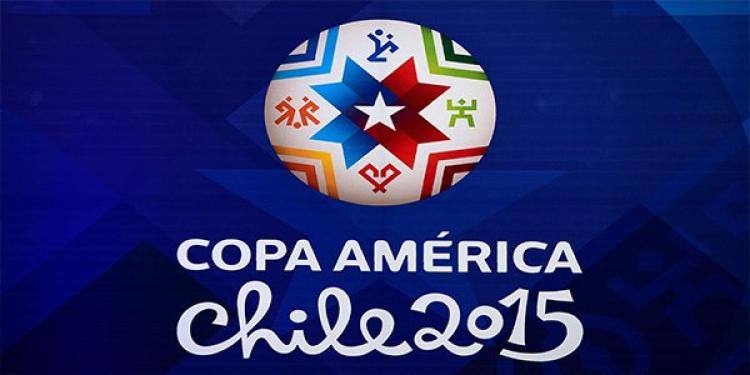The Origins of the Copa America
Posted: May 16, 2015
Updated: October 6, 2017

Englishmen brought the ball, Scotsmen taught how to use it, but South Americans knew better and they have beaten everybody.
The Copa America has a 99-year-long history, but football was a well-developed phenomenon in South America before the competition started. British people introduced the game to the South Americans first, who embraced and transformed it in the first decades of the 20th century, creating something that was very similar to the footballing concept of modern days. To Western European eyes it was a revolution, while to South Americans it was like Tuesday afternoon. The mobile betting audience, that prepares for the 44th Copa America, could compare Uruguay’s European appearances in the 1920s to Barcelona playing against Hartlepool.
Los ingleses locos
The ’crazy Englishmen’ brought the game to ports like Rio de Janeiro, Buenos Aires or Montevideo in the second half of the 19th century. British businessmen were present everywhere around the globe those times, and South America was especially important for them not just as a market but because of its resources and its agriculture. The British brought their entourage with them and they developed colonies. They played their own games of course, and in the last decades of the 19th century, football was the trend amongst the elite high schools of England.
• Modern football was born in South America
• Uruguay stunned Europe
• UEFA was nowhere when the Copa started
At first, the locals were stunned while watching those ingleses locos kicking a ball high up in the air, running and thrusting each other, jumping up and then rejoice or cry for whatever reason. However, amongst those British there were a lot of Scotsmen, who had different views about how to play this game. They preferred skill to strength and short passes to long balls, and they were who introduced the game to the working classes of Montevideo and Buenos Aires – and in the same time to the workers of Vienna and Budapest in Europe.
It is no surprise that the first two characteristic football cultures – after the English – emerged on the sides of two big rivers, Rio de la Plata and the Danube. In those industrial centers there were huge pools of possible players and the workers’ only true past-time activity was either watching or playing the game, whether it was happening on the streets or in the parks. Football clubs were formed, giving identity to the locals, and with their support, professional football arrived relatively soon.
Everything traces back to the Copa
The first international football tournament for national teams was the annually held British Home Championship that started in 1884. England, Scotland, Wales and Ireland participated and that was well enough for them. As the leaders of these footballing nations, and most of those who bet on sports in the UK, thought their superiority was obvious, they did not intend to engage in unworthy contests with countries like Belgium or Romania. Hence these nations weren’t involved in international football until the 1950s.
In South America, football was growing in every aspect in the first years of the 20th century, and there was a natural need for international competition. In 1910 Argentina hosted a tournament inviting Uruguay and Chile, and six years later when it was celebrating the centenary of its independence, also hosted the first Copa America. Brazil joined the three nations above and the first tournament was a perfect occasion to form a continental football federation too. Thus CONMEBOL was created as the first continental association in football history, almost forty years before UEFA took shape in Europe.

Argentina and Uruguay were the leading forces of South American and also world football then. They dominated the first decades of the Copa and they met in the finals of both the 1928 Summer Olympics in Amsterdam and the first ever World Cup in Montevideo two years later. Both encounters were won by Uruguay, whose players demonstrated that besides they master the ball perfectly, they are also superb at tactics.
Uruguay, the first superpower in world football
Uruguay might have been crowned as World Champions only in 1930, but football fans around Europe knew since 1924 that the Urus are the best ball players of the world. Preparing for the Summer Olympics held in Antwerpen, they were touring over the continent just to pay their expenses, and they won the tournament easily with a total score of 20-2.
They stunned the opponents by the results, and they stunned the audience with the magic they created. They controlled the ball exceptionally well and while doing that, they were able to look for teammates moving into empty spaces and they switched to attack from passive possession in a blink. That would be so familiar to our eyes, however people watched this thing in shock, as they were used to see footballers looking down and hoofing the ball pointlessly high up in the air.

But the Uruguayans did everything on purpose, they planned their actions, they were choosing from options, they made opponents look like fools. They presented modern football to Western Europe as early as in the 1920s. After the 1930 World Cup the Italians won the Mundial twice with players from South America in their team, and the continent’s football kept on dominating the game after World War II, as most players of online sportsbooks in the EU can easily recall.












